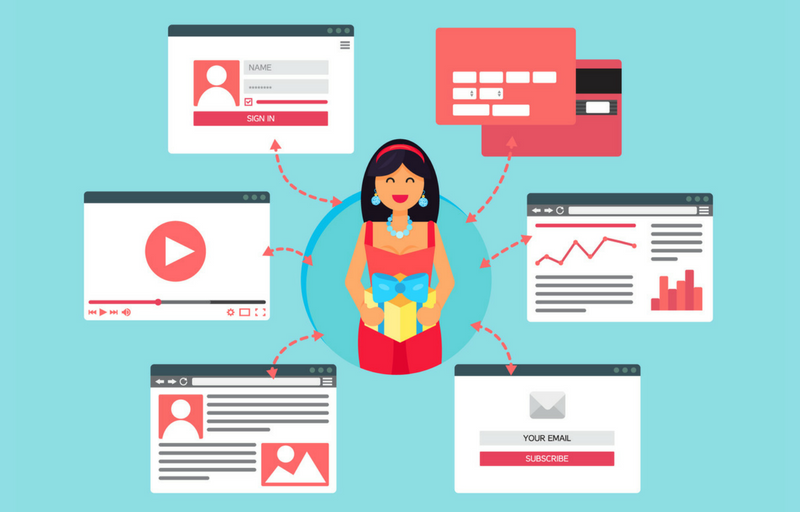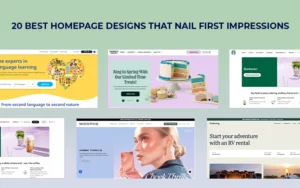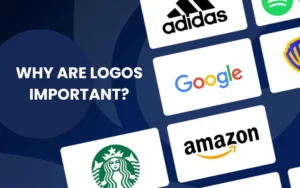What does customer loyalty mean? Essentially, customer loyalty is the loyalty demonstrated by a customer by choosing a particular product or service over the other alternatives available to them at that time. This decision could be influenced by a number of factors, such as overall satisfaction with the product/service experience, its familiarity, effectiveness, and brand loyalty.
The proliferation of novel technology in recent years has simplified consumers’ options for different brands. In such cases, it is essential to see how leading retailers are working towards fostering brand attachment among their customers. For instance, if your product is software, many issues could drive a user towards a different product, such as design and functionality issues, poor performance, lags, and crashes. It is, therefore, vital to ensure that the product’s design is easy to understand and self-explanatory and lets the users gain the optimum benefit of the product. Getting hold of a User Experience Toolkit will help you know your target customer behavior and guide you in mapping out the best customer experience. Let’s check out how to improve customer loyalty.
Table of contents
Does Customer Loyalty Really Count In The Long Term?
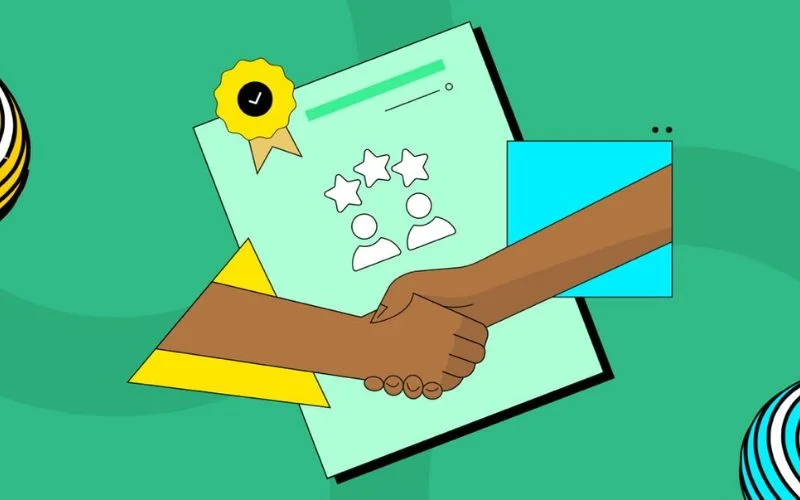
While terms like customer satisfaction and customer loyalty sound like jargon reserved solely for the benefit of your marketing department, they are slightly related to the technical aspects of your product. If your customers are unable to understand your product well, then it could be rendered useless in the market. No matter how extraordinary the product is, if the user experience isn’t good, the product is doomed. Hence, it is extremely critical to create a fully functional prototype before you finalize your product.
A great example that can be cited in such cases is Amazon, which is currently leading the battle for customer convenience. A single-click sale enables customers to spare everyone of their subtle elements so products can be requested in only a single tick by means of their versatile application or internet browser and, combined with their Amazon Prime delivery benefit, conveyed hours after the order. The capacity to finish these deliveries so rapidly and flawlessly ensures that Amazon’s customers keep returning. Regardless of whether the things they are paying for are somewhat more costly (even though Amazon typically aggressively prices), customers still prefer ordering from the site, even though it means they spend a little more money.
So, what are the key points to consider while improving customer retention?
Check out this blog to get detailed insights about user experience design.
Lose The Friction In User Experience

A decent user experience will center on the “friction points” of the customer experience. Friction centers are the sticky zones of web-based shopping, where customers will regularly get stalled and lost before they finish the checkout procedure. Your UI/UX creator will inquire as to why you require a customer to experience five stages to check out when just three would do, requesting that a customer burrow and scan for where they have to go straight away or influencing a customer to sit tight for an unending length of time before what they need at long last loads on the page.
Also read: Adaptive Vs. Responsive Design: What Is Best For Your Site?
Ways To Improve Customer Loyalty By Being Responsive

Getting yours a responsive design in eCommerce enables an online store to be custom-made directly to the customer, regardless of how they get to the website, implying that rather than a customer ponderously squinting, pinching, and zooming when they get to your portable webpage, they may have the capacity to explore on their iPhone, utilizing vast, touchable catches particularly customized to a versatile customer experience.
Responsive design isn’t suitable for each online store. Some eCommerce suppliers, especially those more prominent and more confided in eCommerce engineers, discover more success in giving custom applications to their customers than they would with a responsive website. Be that as it may, for those without the asset to put resources into a wholly altered application. Responsive design is a perfect arrangement for individuals who need to focus on all stages without agonizing over specific gadget similarities.
You have to provide quality customer service to your customers. Make the product straightforward and explore. Make it as simple as a 20-year-old working with building squares. Comprehend your intended interest group and make an interface they can identify with.
For example, you can create AI agents and train them with information on your product so they can assist your users 24/7.
Is your startup’s site versatile and benevolent? If it’s not, it may lose a generous measure of business in a matter of seconds. This is because individuals generally utilize their telephones to complete different activities rather than signing into their PCs without fail.
Fundamentally, a quick-loading site brings about a great customer experience, which thus prompts higher changes. Also, visual interest, usability, and other such factors are major factors in deciding whether UX changes customer loyalty and makes a business an effective startup.
New companies ought never to overlook the significance of quality UX. Enlisting an exceedingly gifted group with an awesome portfolio in UX/UI may significantly affect your startup’s overall success.
Also read: How User Experience Plays A Significant Role In Premium Websites
Ways To Improve Customer Loyalty With User Experience:
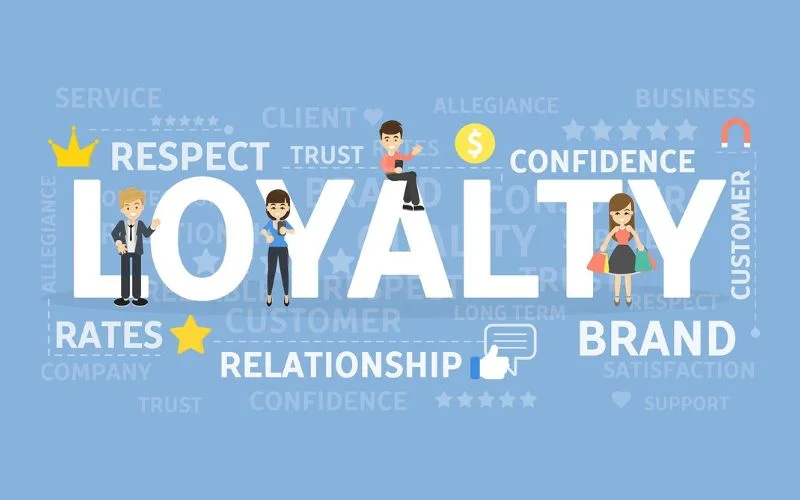
- Impress Your Audience:
Give them something new and exciting to look at. Use innovative textures, colors, and designs! - Test, Test, Test Your Design:
Always test your design a million times before rolling it out for users. - Make Priority to Customer:
Ensure that your design is user-friendly. It should appear as if the user-designed it. - Retain Your Customers:
Give your users an incentive to return, such as sales, offers, and giveaways. - Keep Adding New Features:
Ensure new features are added to your product, as consumers like updates. - Try to Customize for Customer:
Make your customer feel special by customizing your product to their tastes. - Be Consistent in Your Message:
Ensure your product is overly consistent in the message it wants to put across to users.
These were the ways to improve customer loyalty. Finally, we can conclude that gaining better customer retention rests primarily on user experience and is about much more than design at this point. We hope you have a strong understanding of ways to improve customer loyalty.
Like this post? Check out more fantastic web design content here.
